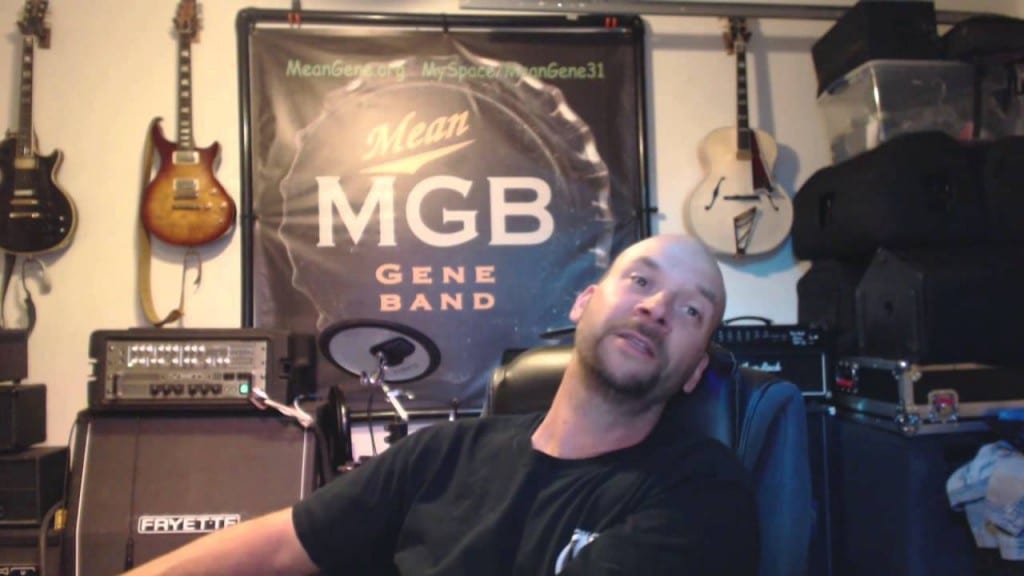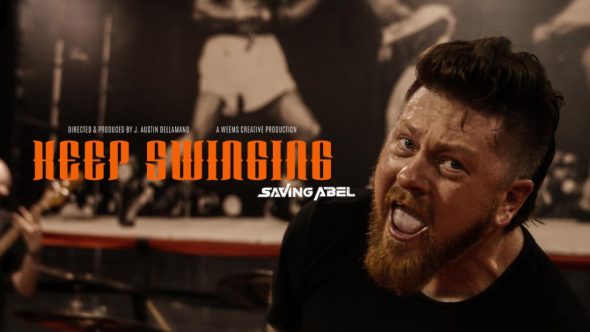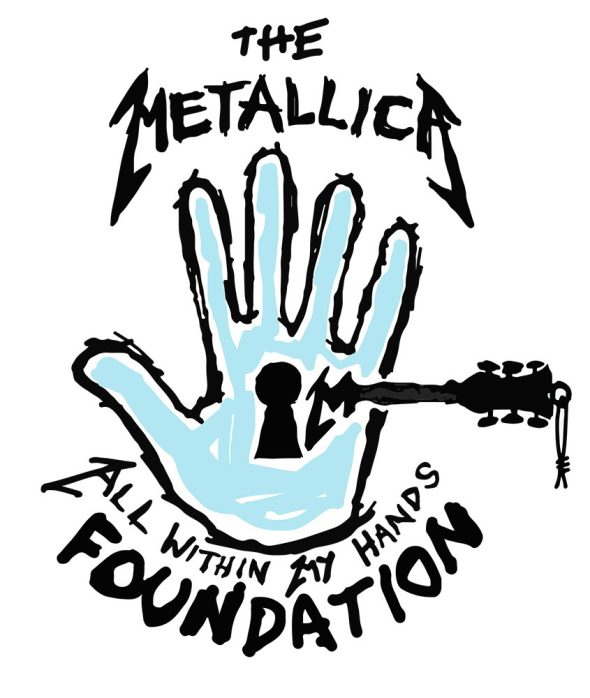The King of Virtual Rigs
by Gene Baker, editor
Line 6 is an interesting company that I feel deserves some attention for a variety of guitarists’ needs. Granted fads come and go, and Line6 came on strong when rack systems were dying miserably. The company knew it needed something new and unique, hence the bean-shaped POD family of amp modeling and effects was born, which radically changed the industry, as modeling technology sank its teeth in and now is here to stay.
Even though Line 6 seems to have lost some of that attention, as real amps and small stomp pedals have become the rage, plus a slew of other companies are chasing what Line6 started, I think there’s room for everyone, and end users’ options are expanding. For example, rack systems are coming back, and I believe the Line 6 HD500X POD Guitar Floor Multi-effects Pedal has a perfect place in a pro rig arsenal and/or for the working Joe. In addition, the Line 6 Relay G50 Digital Wireless Guitar System lets you move freely on stage and has some additional perks.
Relay G50 Digital Wireless Guitar System
I think we all can agree that having no guitar cable can sure make your stage life easy — not getting tangled in wires. Plus, you can walk out front to check sound mixes or do the Chuck Berry down the bar top for maximum showmanship. But one of the biggest downers can be what some wireless units do to your tone; they add the high end, hiss or deliver too much output, compared to your standard guitar cable.
Line 6 developed the Relay Series, which has proved to be a great-sounding unit as well as a durable asset to your every gig. With two quarter-inch outputs for different feeds and two AA batteries, I average two 5-hour gigs every time, and the G50 clearly displays signal strength and battery life. I use the G50, because I like having the receiver at my feet near the pedal board, and Line 6 also has a half-rack model for those who need a quality unit on the back line.
A unique feature is the Cable Tone knob, which can be bypassed for full frequency response or twisted to dial-in the sound achieved from say a five-, 10-, 15- or 100-foot cable, and basically acts like a high-end tone pot. There are 16 channels to choose from, and this beefy unit is capable of a good thrashing. The guitar cable to the transmitter is slightly unique and makes a good compact connection. I opted to purchase an extra cable online in a right-angle version, which works nicely with side-jack-type guitars.
HD500X POD Guitar Floor Multi-effects Pedal
I bought a HD500 POD early this year, after getting rather fed up with too many stomp pedals, 50 feet of patch cables and still missing a certain effect for one song. Plus, there are many advantages to using a POD that can really simplify your life and rig setup time. Many guitar players think you have to use the amp models, but you can turn them off and use with your own amplifiers natural gain stages. I find the POD to only be limited to your imagination, and you can use it in many different guitar rig applications. But with the release of the new HD500X is quickly sparked my curiosity to learn what they upgraded.
Many tube amp purists want to use their amp as the tone generator and add effects in front of the amp or in the effects loop as needed. If you’re using stomp boxes, you need to control all of these units with a loop switcher, with a MIDI device in there, too, or you need to control/change amp channels at the same time. All this can be assembled in a number of components, MIDI controller, looper, power supplies, custom pedal boards, special cabling, amplifier controllers — these can all become quite extensive in problem solving, programming and equipment costs. That’s where I finally dumped a very elaborate pedal board and dedicated myself to the HD500.
For my rig, I run a rack setup, Fryette (VHT) amplification with a GP3 Valvulator Preamp and a 2/90/2 Stereo Power Amp. The GP3 preamp is an all-tube MIDI preamp and has a lot of tweak settings that you can program to achieve a wide palette of tonal gain structures. Coupled with the Line 6 HD500X POD, you can use what users refer to as a four cable method (4CM). This places certain effects in front of the amp input and others — such as your time-based effects like delay and reverb — after the preamp. With this stereo power amp rig, I use what I call a 5CM , which basically just adds one more return cable for a stereo L/R feed to the power amp. Simply put: It’s like having stomp pedals in between your guitar and amp input, and time-based effects inserted into the effects loop where they belong.
I prefer to do all my patch editing from a computer, just because it’s laid out so nicely and drag friendly to rearrange effects. Plus, with the dual amps or L/R separate effects possible in the HD500, you can place effects on either the left or right side. I prefer to set up a WET/DRY setup, which keeps the DRY side 100 percent free of all effects after the preamp like reverb, delay, chorus, and the WET side gets everything. I believe that helps maintain a nice, clear, original tone and can allow a sound person to balance these two sounds in the PA. Drop and dragging a patch onto your desktop allows for very easy patch-by-patch back up, so you can organize files quickly for a certain gig or different gear setup. Upgrading from the 500 to 500X was exactly that easy. I saved my HD500 presets and dragged them right over to the HD500X.
Setting up patches
I like to stay within a patch as much as possible for the song without having to call up another patch. Although, the HD500X changes patches brutally fast, so there’s no fear of drop outs. For my button setup, I use the bottom row of four buttons as patches and use the upper four as real-time stomps and or for continuous controller functions. I need to be able to perform a few rather standard functions, like using a LOUD button, which just makes any sound (clean to dirty) louder for solos; I also may need channel switching or a gain boost, which could be a CC function controlling my preamp or an overdrive pedal turned on inside the POD. I use the Line 6 continuous controller functions assigned to a button, and the Fryette responds to CC commands, allowing you to call out anything the preamp can switch and assign it to a button on the Line 6. I use the GP3’s EQ for all solo boosting assigned to its CC number.
Also, the HD500X is the ultimate in a stand-alone, all-in-one unit. Nothing else is required. You just plug in and go, or add a Variax electric guitar, and you expand your capabilities pretty darn far and wide, with altered tunings, nylon, acoustic, bass, 12-string, etc.
For in-ear monitor players, the POD is a staple in many performing rigs. For a very light travel rig, your guitar may be the heaviest part of your rig. Now that’s scary! The only potential concern is if you need a lot of controlled feedback. This is easily achieved with a small monitor that doesn’t have to be part of the PA audio feed, or even just use your standard PA monitor system, and you can relearn those sweet spots on the stage just like using a cabinet and milk those long sustaining notes. Or check out the Ebow or the Sustainiac for other sustain devices that have been around for decades that target any tone, clean to dirty, any volume level, zero to hero.
HD500 vs. the new HD500X
Some quick noticeable upgrades from HD500 to the new HD500X are the foot switches are more robust with a full-circle LED around the button, which comes in handy for outdoor day gigs when small LEDs can disappear in the sunlight. Most important is what you can’t see — its increased processing power to handle more complex patches that eat away at processor resources. So now you can get carried away with its dual amps and stereo effect chains without it saying you’ve maxed out on memory resources.
That’s the beauty of the Line 6 amp models. They allow you to layer different amps to effects in a stereo environment. Plus, each model is exactly what you make it. With a few setup tweaks tailored to what fits your needs, everything under the sun you could ever ask for is in the right effect for the right song. The Line 6 online forums are a good way to get up to speed on some of the custom settings. The manual required to explain the endless limits could be huge, but instead Line 6 provides a simple manual to get you rolling through most start-up needs and directs you to the forums and online support for more advanced user guides.
Creating the right POD direct tones only requires you to play through your PA system to dial in the right tones for the best live use. A good rule of thumb is to set the channel on the PA flat, so as you travel to different venues using different systems, you’re within a light EQ tweak to get you set for the room. Once you have the audio sounding good there, it seems to translate well to other devices like headphones, amplifier return inputs or power speakers. I find I can bounce between small to large gigs, with or without an amplifier, and still achieve a very natural amp feel and quality PA guitar tone.




